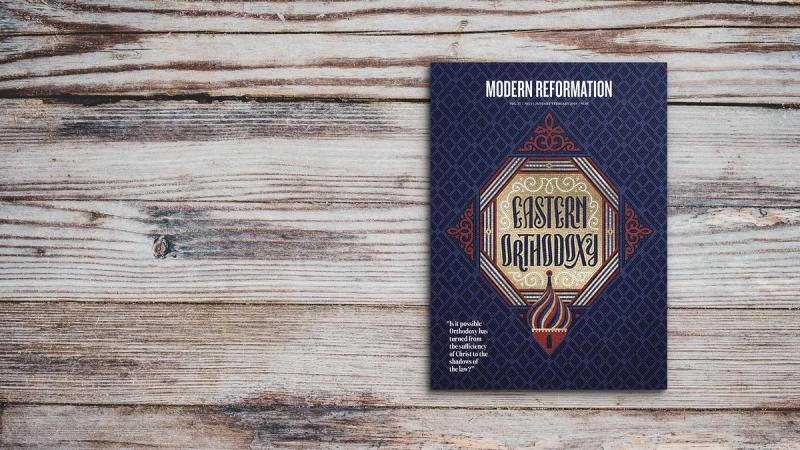Beauty has a hard time in confessional Protestant circles, and it’s easy to understand why. In our sex-saturated society, this powerful and elevating value has been exploited and degraded to the level of commercial property. Once ranked as the necessary companion to truth and goodness, it’s devolved into little more than the ultimate selling point for everything from smartphones and cars to Hollywood starlets and politicians. As heirs to a historically iconoclastic church, we’re not sure what to do with it. Scripture at once gives us Solomon and his bride’s ecstatic rejoicings at one another’s beauty, and Peter’s admonition that women ought not to let their adorning be with “the braiding of hair and the putting on of gold jewelry.” If we’re honest, the simplicity (we won’t call it ugliness) of the church buildings we worship in today has more to do with primarily pragmatic considerations than scriptural principle.
Not so with the Eastern Orthodox Church. They may have a few problems, but a nuanced and well-articulated view of beauty (particularly, the beauty of worship) isn’t one of them. While Protestants could certainly stand to take a leaf or two out of the EO’s aesthetic book, Editor-in-Chief Michael Horton reminds us that the theological principles that inform that aesthetic should not be skimmed over. Mike Brown’s report on the recent migration of Reformed churchgoers to the Eastern Orthodox (EO) fellowship tells us that the beauty and mystery of the liturgy is one of most reasons frequently given for joining the EO communion, which Alison Sailer confirms in her discussion of her own journey from Geneva to Constantinople. John Stovall illustrates the historical context of Eastern Orthodox and Protestant distinctives with his fascinating portrait of Cyril Lucaris, the patriarch of Constantinople who was assassinated for his commitment to Reformed teaching. While there is much we share with our Orthodox brethren, there are also significant differences that warrant serious consideration, particularly for high-profile Protestant teachers, as Perry Robinson points out in his essay on the conversion of Hank Hanegraaff (the Bible Answer Man).
There is certainly a place for beauty and majesty in worship. If the divine service is indeed an in-breaking of the glorious kingdom age on our earthly reality, then the church’s physical building and liturgy ought to reflect this. Ultimately, we do not come to a facility that holds however-many hundreds of people and hosts so-many conferences a year at such-and-such an address. We come to the city of the living God, the heavenly Jerusalem, to innumerable angels in festal gathering, to the assembly of the firstborn who are enrolled in heaven, to God, the judge of all, and to Jesus, the mediator of a new covenant (Heb. 12:22–24). As this year begins, we rejoice that the city of the living God continues to grow, unshackled by small budgets and hostile city councils, and unencumbered by the grandeur of the greatest cathedral.
Brooke Ventura associate editor






